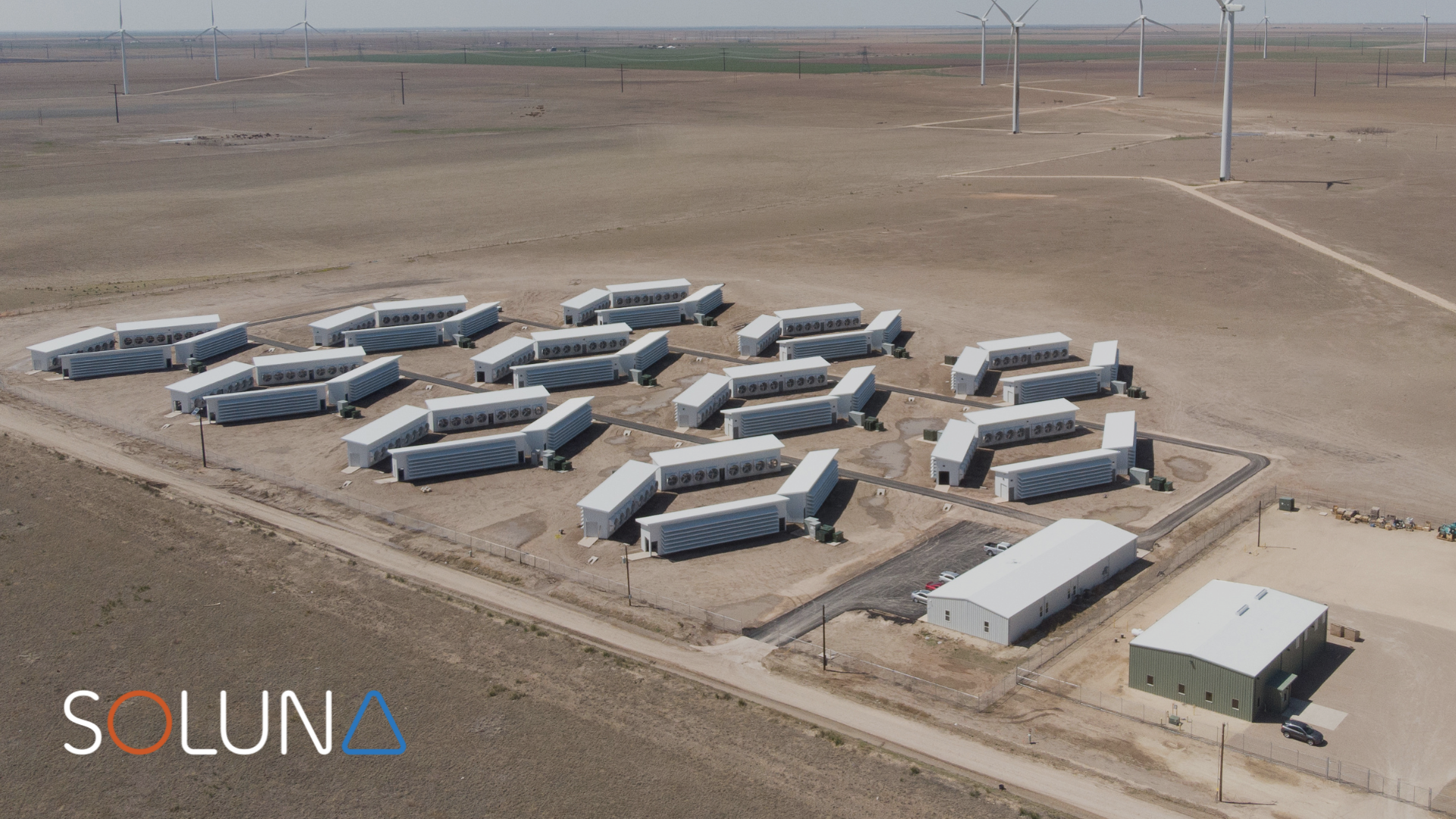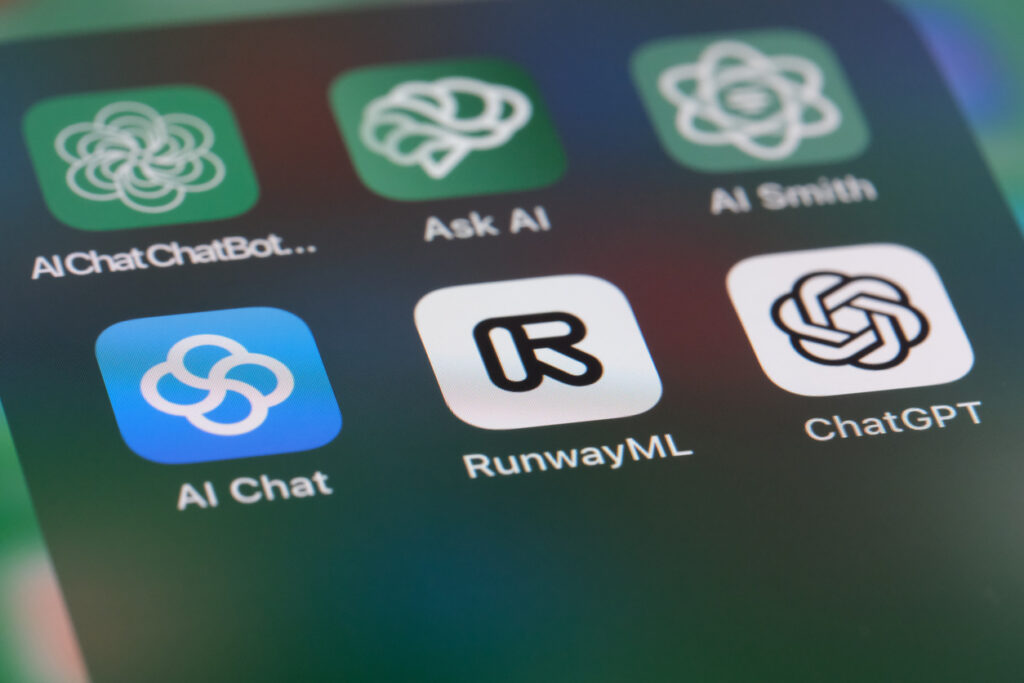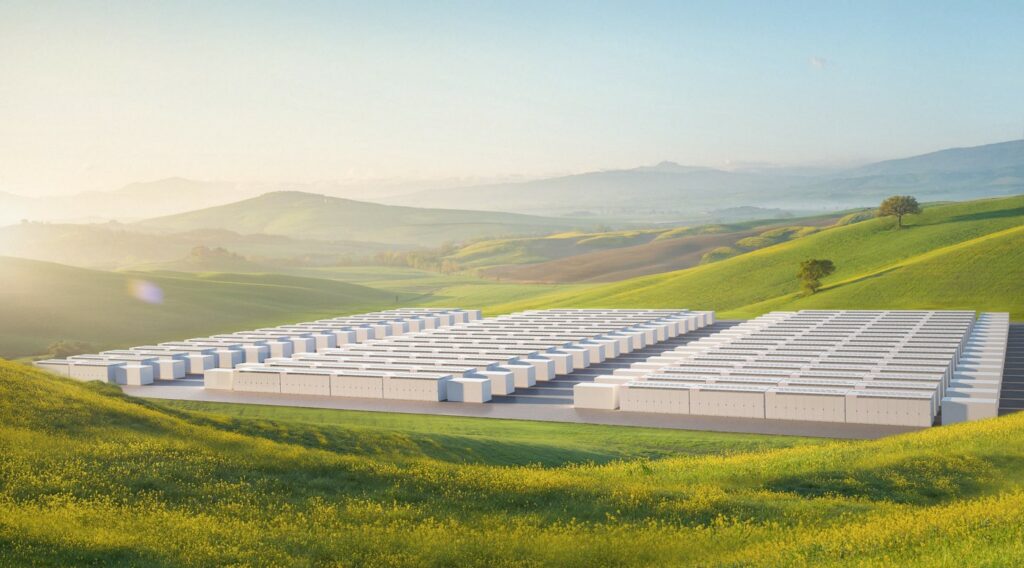Everyone is talking about AI models. Few are talking about the bottleneck that could make or break them: infrastructure. Data centers, power, and grid connections — not algorithms — will determine how far and how fast AI can scale. According to Brookfield, AI-related infrastructure spending could top $7 trillion in the next decade and add more than $10 trillion to global GDP.
To see how invisible this infrastructure really is, consider a simple scenario: You are at work and have a meeting about the last quarter’s finances, but you forgot to do the summary. What do you do now? Of course, you ask AI to summarize it for you. Easy. Now you can go into the meeting confident and well prepared.
If that seems like a familiar scene, whether you have done it in your own life or have seen this same scenario played out in a recent Google Gemini ad, you are not alone. More and more, we are relying on AI for everyday tasks. And for many, AI adoption feels seamless.
But what most people don’t see is the engine underneath: the infrastructure that makes every breakthrough possible. And the way we build that foundation will determine how sustainable and investable this technology really is.
The AI Boom Is Here
The AI boom isn’t coming; it’s here. AI adoption is accelerating at a staggering pace. In a recent 2025 AI report from Stanford University, 78% of organizations reported using AI more in their work. That’s huge. From healthcare robotics to personalized education, AI is becoming as common as email.
And it’s not just businesses: millions of individuals use tools like ChatGPT, Gemini, and Meta’s models in their daily lives. That surge in adoption is fueling massive financial investment into the technology.
But here’s the paradox: even as chips and models become more efficient, demand won’t slow down. History shows us otherwise. This is the Jevons Paradox in action. Efficiency gains lower costs, which only accelerates adoption and drives consumption higher. As we’ve written before, the same principle that made LEDs ubiquitous, and actually increased electricity use, is now playing out in AI.
The more powerful and efficient AI becomes, the more industries will integrate it. That means more data centers, more computing power, and, most critically, more energy. Which is why the infrastructure we build must not only scale, but it must be sustainable.
The Infrastructure You Don’t See
So what does it really take to power AI at scale?
AI runs on massive computing power. That means data centers: warehouses packed with servers, networks, and cooling systems. How we set up infrastructure will determine how efficient and sustainable computing can be.
Most of today’s data centers run on fossil fuels, consuming huge amounts of energy and water. And even when clean energy projects are built, connecting them to the grid can take up to 10 years in some markets. That bottleneck is one of the biggest challenges facing AI’s growth.
At Soluna, we take a different approach. Our behind-the-meter Renewable Computing model connects data centers directly to wind and solar farms. By tapping into clean energy that would otherwise be wasted, we make AI’s invisible infrastructure both scalable and sustainable.
We also rethink the details. Instead of cooling systems that waste water, we use circulated air, which cuts waste and reduces environmental impact. Infrastructure isn’t glamorous, but it’s the keystone of AI’s future.
Where AI Goes Next and What It Needs
As demand surges, AI’s capabilities will only grow more advanced. The questions now are: where is AI headed, and how will it evolve?
One emerging frontier is quantum computing, which applies quantum mechanics to solve problems beyond the reach of classical machines. On the hardware side, new generations of chips will continue to replace older models, unlocking faster, more efficient performance.
We’re already seeing leaps in robotics and cloud hyperscale, and it’s difficult to imagine an endpoint to what AI can achieve. But one thing is clear: these breakthroughs will only be possible if the infrastructure behind them keeps pace and does so in a way that is sustainable for the planet.
At Soluna, we’re not waiting for the future. We’ve already surpassed 1 gigawatt of Renewable Computing projects in operation, construction, and development. That milestone proves clean energy and computing don’t just coexist; they make each other stronger.
The truth is simple: AI’s future will only be as sustainable as the infrastructure that supports it. And we’re making that infrastructure renewable, resilient, and ready.



